
OR
NEA terms power cut in industries as short-term problem
Published On: April 23, 2023 09:06 PM NPT By: Republica | @RepublicaNepal

Entrepreneurs complain heavy financial losses due to irregular power supply
KATHMANDU, April 23: While industrialists have been complaining about power cuts for up to 12 hours a day for the past few weeks, Nepal Electricity Authority (NEA) says the problem will last only for a short-term.
Speaking at a press meet on Sunday, NEA Managing Director Kulman Ghising said the problem in electricity supply has adversely affected manufacturers in a number of industrial corridors of Eastern Nepal. According to him, poor carrying capacity of the cross-border transmission lines, amid the ongoing dry season, has led to a problem in importing adequate amounts of electricity. “This has made a shortfall in electricity supply to the manufacturing units,” Ghising said.
After a decline in domestic production, the NEA has been importing an average of 500 MW of electricity from India on a daily basis. Ghising said around 400 MW of electricity is being imported via transmission lines in Dalkebar and Tanakpur, while an additional 100 MW of electricity is being supplied through Raxaul, Ram Nagar and Kataiya based infrastructures.
Following a heavy decline in the power supply, the industrialists of Biratnagar have launched protests against the state-owned power utility. Morang Merchants Association, the umbrella organization of the private sector, has alleged the irresponsible move of NEA that has made them face heavy financial losses.
The NEA, on the other hand, said it has had to cut off power supply due to a notable fall in the domestic electricity production. According to Ghising, electricity generation has fallen to only 30.35 percent of the actual installed capacity. “The local power houses have been supplying a total of 700 MW of electricity only, while we have been importing around 500 MW from India.”
The NEA records show the peak demand for electricity at present stands at 1,700 MW, while the average demand is 1,300 MW. The demand from industrial units has surged this year, mainly after the NEA approving an additional 800 MW this year, Ghising said.
Meanwhile, the NEA has targeted to export up to 1,000 MW of electricity to India in the upcoming rainy season. Ghising said the authority will have surplus electricity with the onset of the pre-monsoon season that will start from the third week of May.
You May Like This
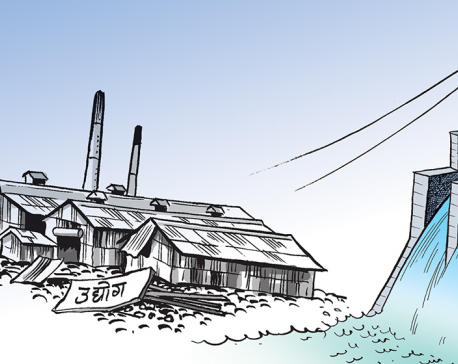
Dedicated and trunk line dispute: Line disconnection for non-payment of dues
KATHMANDU, Dec 22: There are indications that the government is going to take a tough stance on the dedicated and... Read More...
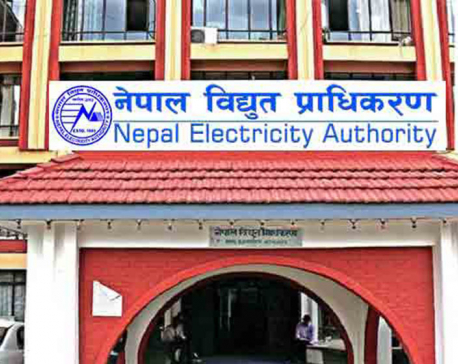
Nepal starts exporting electricity to India
KATHMANDU, June 3: Nepal Electricity Authority (NEA) has started exporting 39 MW of electricity to India with the onset of... Read More...
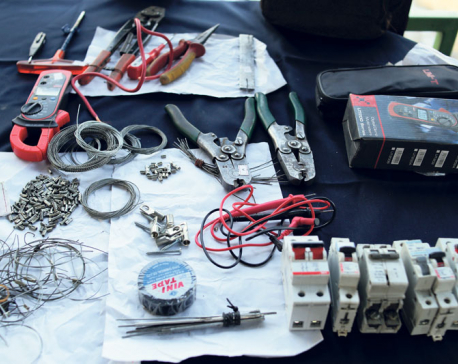
12 NEA staffers held for tampering electricity meters
KATHMANDU, Jan 23: The Metropolitan Police Crime Division has arrested 12 employees of the Nepal Electricity Authority (NEA) including two retired... Read More...




Just In
- Third T20 match: Nepal fielding first against West Indies ‘A’
- Gold price decreases by Rs 2,700 per tola today
- Two arrested for theft at Nabil Bank in Birgunj
- One more individual succumbs to injuries while extinguishing fire in Lalitpur
- Three individuals including the then PADT Member Secretary Milan Thapa cleared of charges in Jalhari case
- Third T20 match between Nepal and West Indies 'A' today
- VCs appointed to Purbanchal and Midwestern University
- Electricity tariff dispute deepens due to the commission’s delay



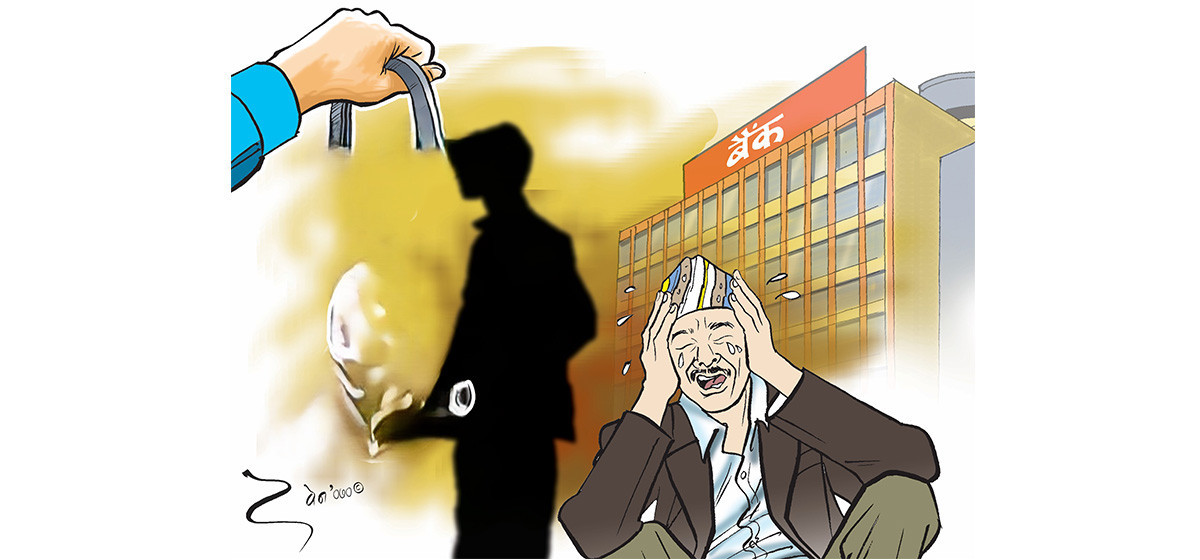
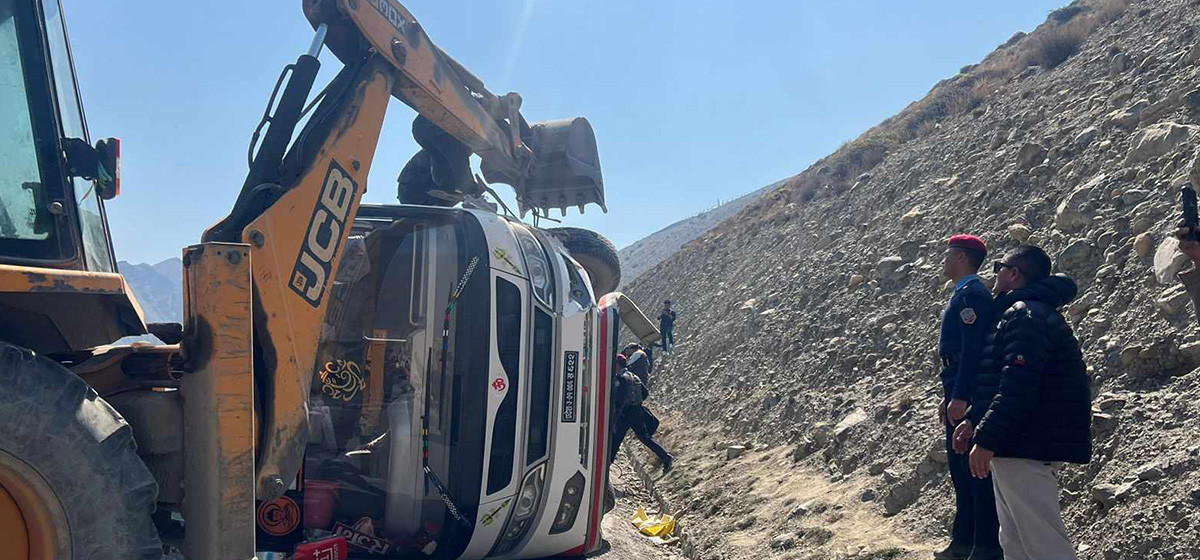

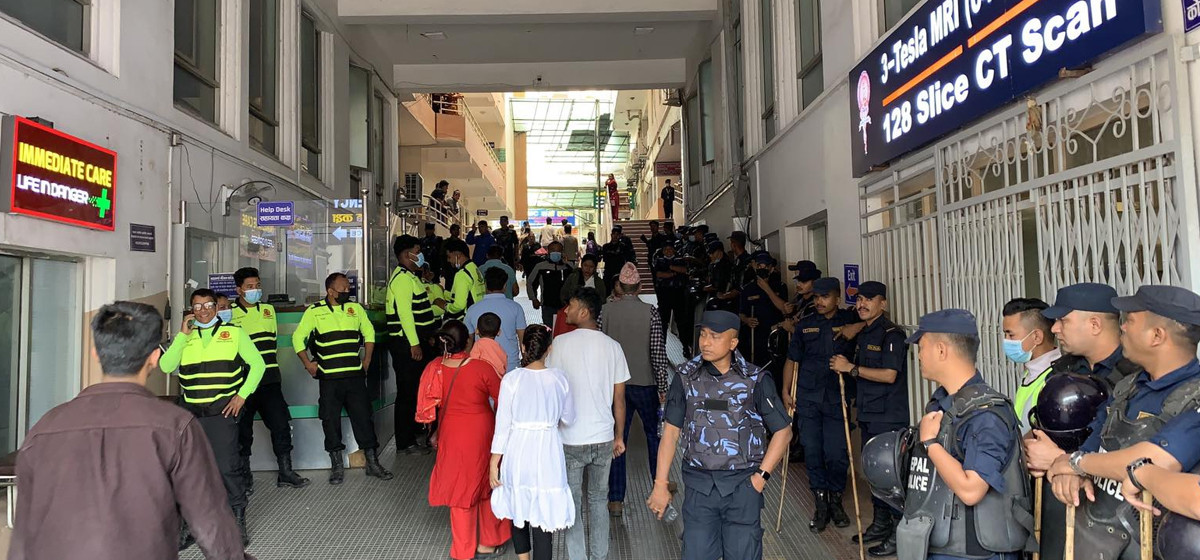




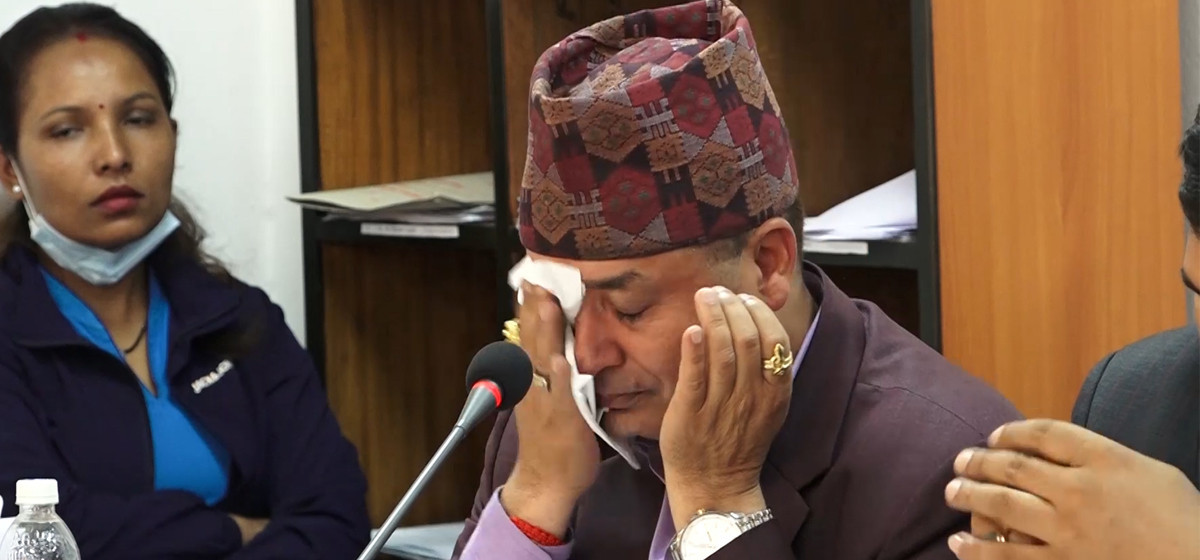

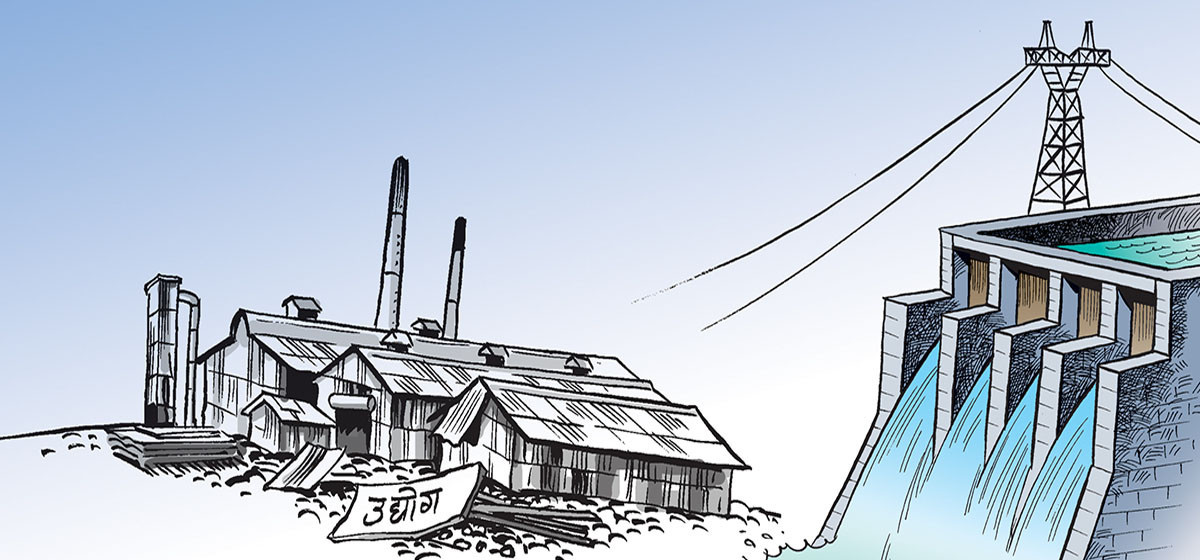
Leave A Comment